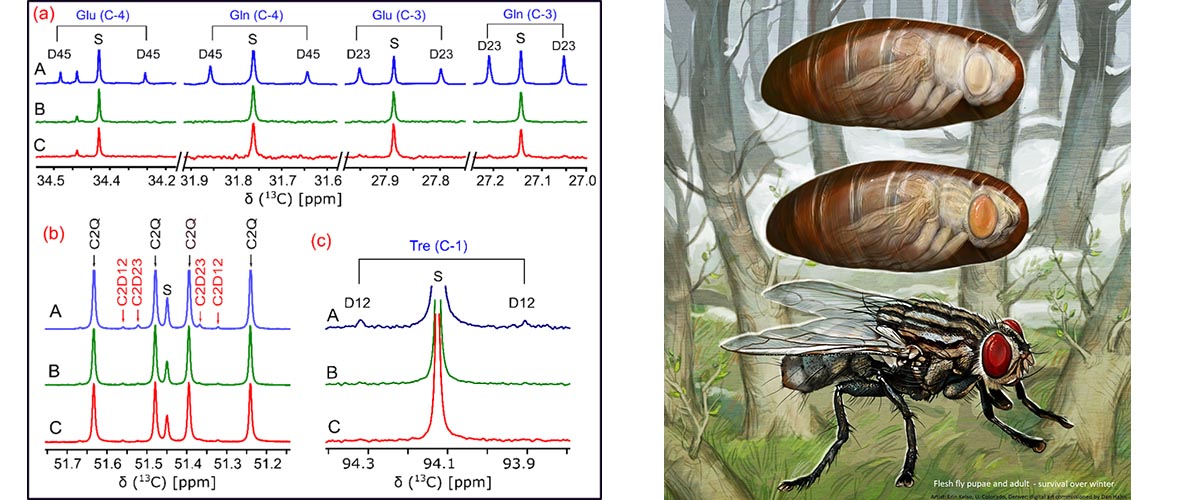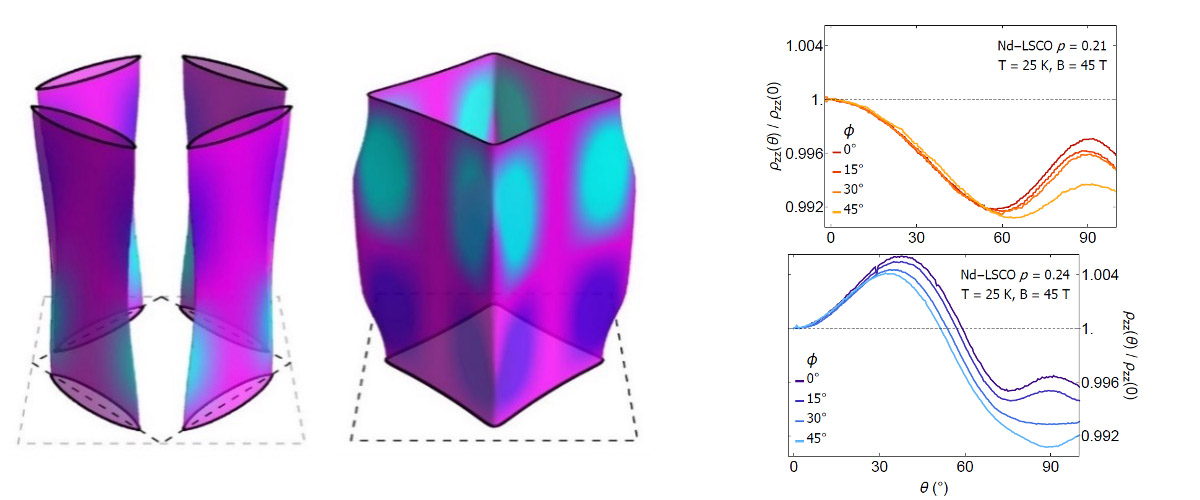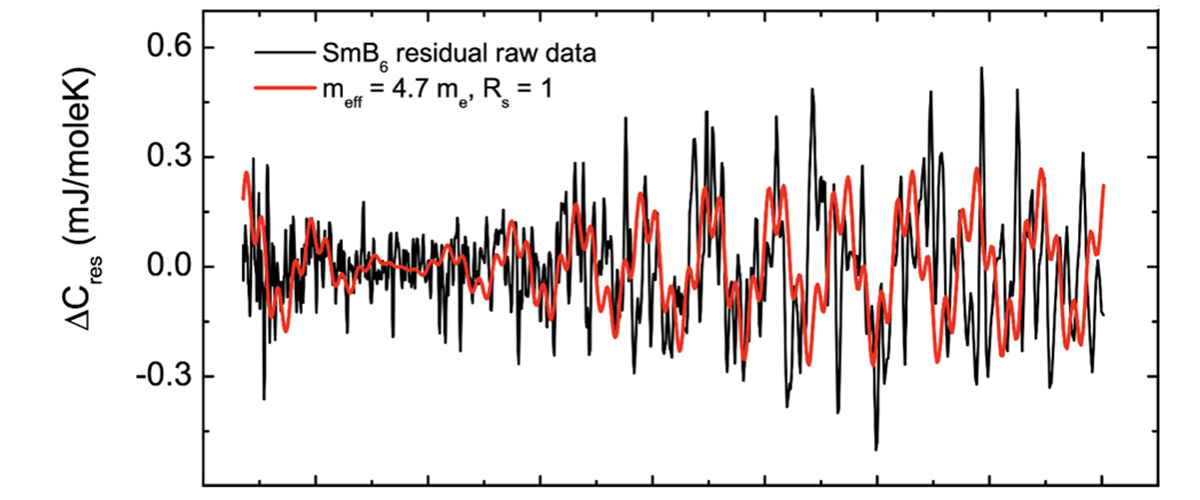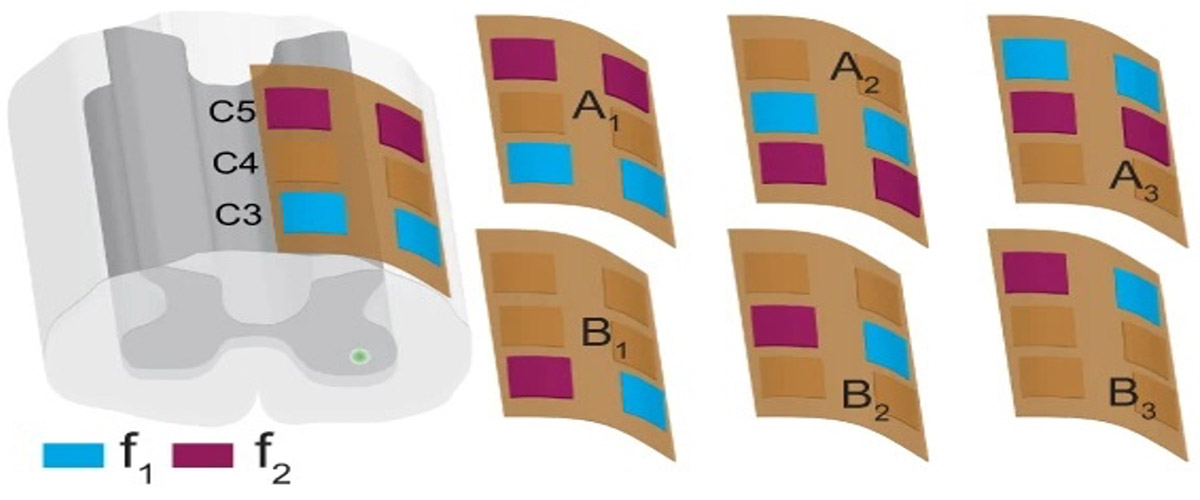What did the scientists discover?
NMR spectroscopy with isotopes can be used to observe changes in cell metabolism during organism dormancy and arousal, as found during insect pupation or mammal hibernation. Insects are models for human organ transplants stored under similar conditions of minimal metabolic activity. MagLab users observed the mitochondrial aerobic respiration that produces reactive oxygen species (ROS) which will decline during periods of metabolic suppression. When the ROS gets low, arousal is triggered.
Why is this important?
Pupae exist in a hypoxic state (or a state in which there is not enough oxygen to sustain functions) of burning glucose via glycolysis during metabolic suppression. They survive harsh environmental challenges by undergoing cyclical periods of near-arousal where they engage in aerobic respiration to recharge their energy states and clear waste products. MagLab users compared these isotopic product fluxes during the stages of arousal and depression, using 13C labels to study which products were cycled to shuttle fuel between tissues during the critical stage of metabolic arousal. Understanding the cellular mechanisms at play during these brief near-arousal periods can provide clues to help improve the success in storage and transplant of human organs.
Who did the research?
Chao Chen1, Rohit Mahar2, Matthew E. Merritt2, David L. Denlinger3, and Daniel A. Hahn1
1Department of Entomology and Nematology and 2Department of Biochemistry and Molecular Biology, University of Florida, 3Department of Entomology, Ohio State University, USA
Why did they need the MagLab?
The MagLab's AMRIS Facility houses a 14.1T NMR equipped with a MagLab-built HTS cryoprobe needed to detect 13C nuclei with very high mass sensitivity. The HTS NMR probe reduces the required sample size to a single pupa and thereby allows the full time course of metabolic arousal to be studied.
Details for scientists
- View or download the expert-level Science Highlight, HTS NMR Probe Tracks Metabolism Cycles During Insect Dormancy
- Read the full-length publication, ROS and hypoxia signaling regulate periodic metabolic arousal during insect dormancy to coordinate glucose, amino acid, and lipid metabolism, in Proceedings of the National Academy of Sciences of the USA (PNAS).
Funding
This research was funded by the following grants: MagLab (G.S. Boebinger, NSF DMR-1644779); ME Merritt (NIH P41-122698); DA Hahn (NSF IOS 1257298 and DEB 1639005, and United Nations FAO/IAEA Coordinated Research in Dormancy Management)
For more information, contact Joanna Long.






